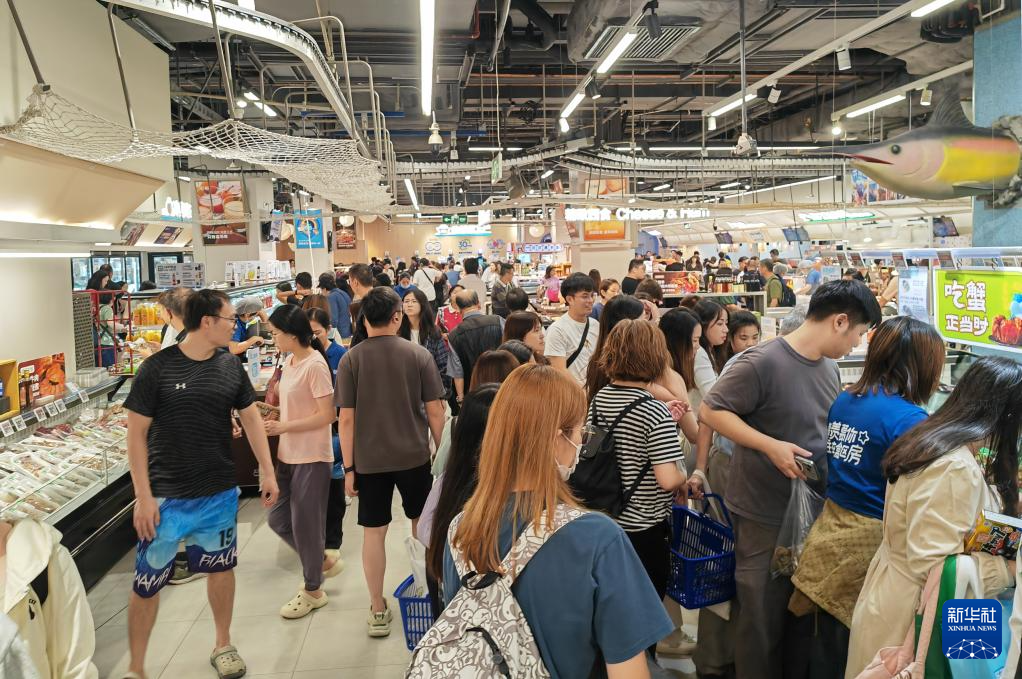
With the Labor Day holiday providing a boost, Shenzhen experienced a surge in consumer enthusiasm from Hong Kong residents in the first five months of this year, with their non-cash spending rising by 30 percent year-on-year.
According to statistics on non-cash payments recently released by the Shenzhen branch of the People's Bank of China, Hong Kong people have primarily been spending on shopping and dining, accounting for 70 percent of their overall consumption in Shenzhen.
ALSO READ: Shenzhen's reforms open up opportunities
Transportation emerged as a significant growth area, with expenditures increasing by 40 percent year-on-year, far surpassing other sectors.
From January to May, Hong Kong residents were the primary source of inbound consumption in Shenzhen, accounting for 68 percent of transactions and 60 percent of total spending and marking year-on-year increases of 25 percent and 27 percent, respectively.

During the Labor Day holiday, May 1-5, the spending of visitors from Hong Kong in Shenzhen achieved a remarkable 56 percent year-on-year growth.
READ MORE: GBA robot firms ramp up mass production, eye global growth
In light of multiple measures to facilitate transactions by overseas visitors, Shenzhen’s inbound consumption has demonstrated significant growth as the city adapts to meet the needs of diverse consumer groups.

The city welcomed 2.64 million inbound and outbound foreign visitors from January to May, reflecting a year-on-year increase of 41 percent. Additionally, non-cash payment transactions by overseas visitors amounted to nearly 9.74 billion yuan ($1.35 billion) during the period, representing a 37 percent year-on-year growth.
READ MORE: Advancing opening-up in Shenzhen
South Korea, the United States and Singapore rank as the top three source countries, with visitors from those countries collectively contributing over 40 percent of Shenzhen’s total inbound spending.
With Shenzhen’s growing appeal to Southeast Asia, the market’s diversity is also increasing. Notably, spending by tourists from Laos and Thailand from January to May surged by 125 times and 17 times year-on-year respectively.


